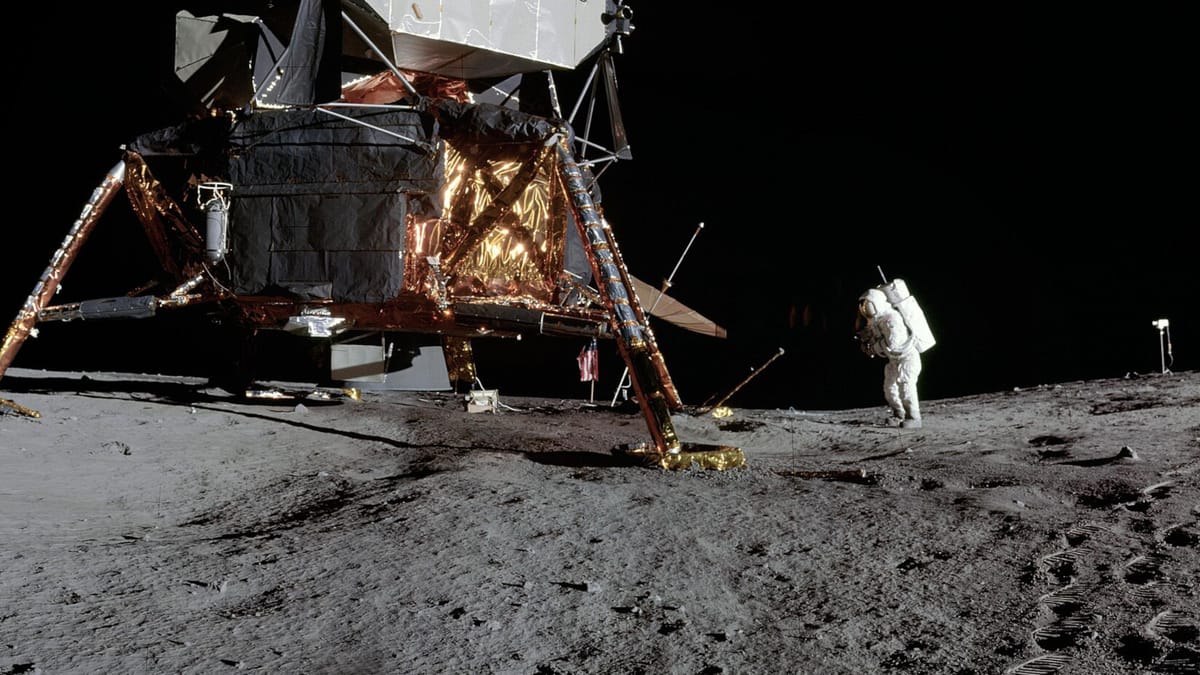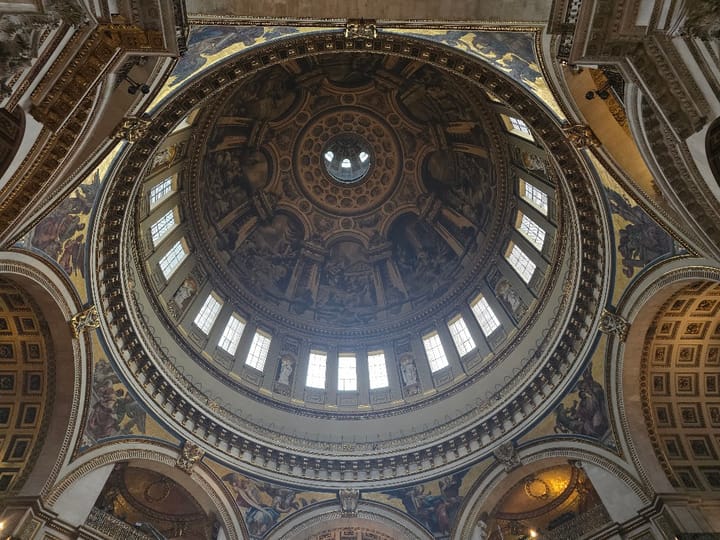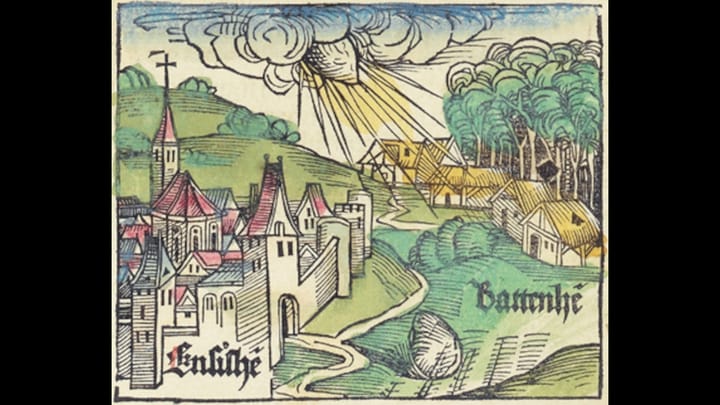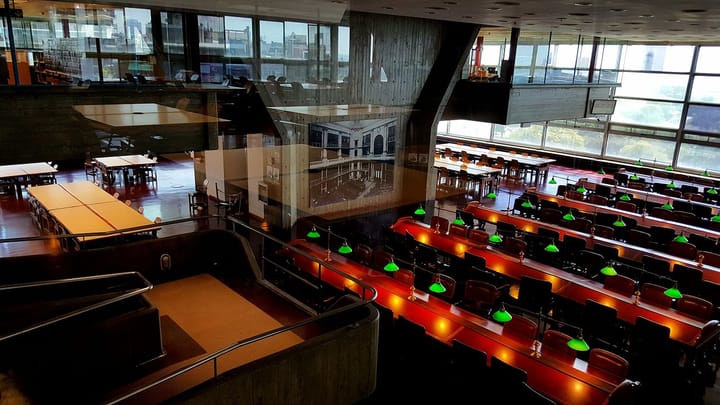The second comers: the Moon mission of Apollo 12.
The second crew to land on the Moon did as good a job as the first, but they aren't nearly as famous.

Even with as poorly as most Americans do with basic historical knowledge, almost everyone can name the first team of astronauts to walk on the Moon: Neil Armstrong and Buzz Aldrin, who went there on the historic mission of Apollo 11. But can you name anyone from the second team to reach the lunar surface? If you’re a space buff, maybe, but it’s not like the names Pete Conrad and Alan Bean are ranked up there with the giants of space exploration history. The second mission to the Moon, Apollo 12, doesn’t get enough respect, but what they accomplished was in many ways as equally amazing as what Neil and Buzz did, even though they didn’t do it first.
Apollo 12, the sophomore effort to reach the Moon, blasted off from Florida 56 years ago tomorrow, on November 14, 1969. The three astronauts were all Navy commanders: Charles “Pete” Conrad, Alan Bean and Richard Gordon. Both President Richard Nixon and Vice-President Spiro Agnew were present at the launch, rare for a NASA mission. The flight was almost aborted before it began. The launch occurred during a thunderstorm and right after the rocket left the pad it was struck by lightning. The sudden surge of electricity played havoc with the controls, but quick thinking by pilot Alan Bean and ground-based mission controllers in switching over to a backup system saved the mission. The lightning strike did leave one big question, though: could the parachutes, designed to slow the impact of the spacecraft during its water landing at the end of the mission, have been damaged? NASA didn’t know, and there was no way to find out ahead of time, so the astronauts weren’t told that the mission might possibly end in their deaths. They were smart and well-trained enough to figure this out for themselves.


